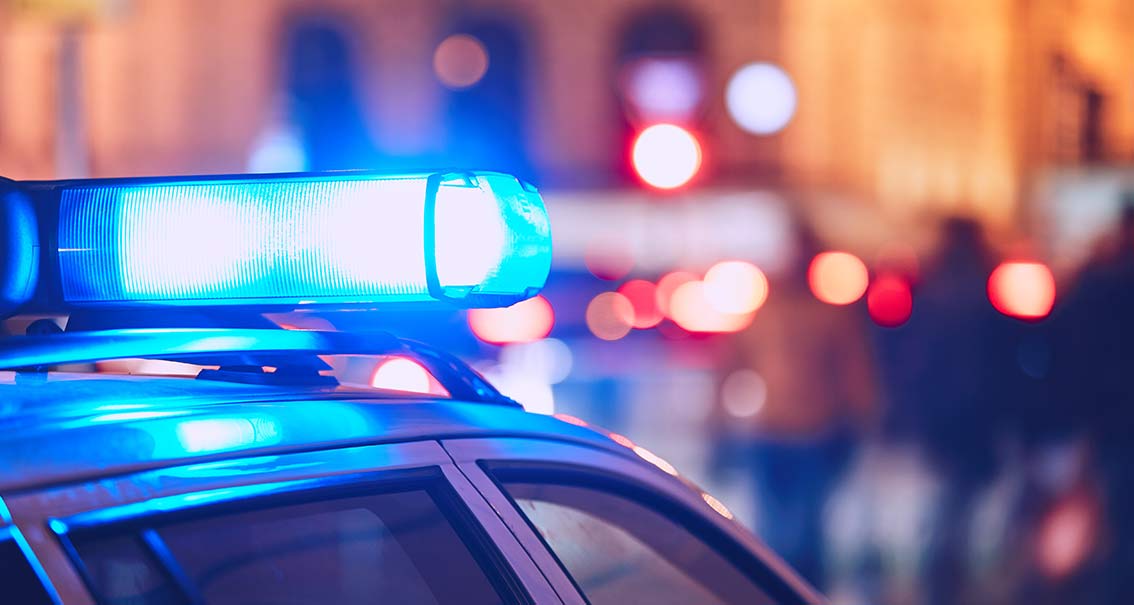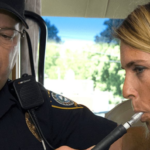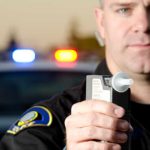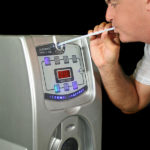Intoxilyzer 9000 and Breath Alcohol Testing Information
An Intoxilyzer 9000/breath alcohol test determines how much alcohol is in your blood by measuring the amount of alcohol in the air you breathe out (exhale).

What can affect your BAC?
Typically, a person’s bodily alcohol content (BAC) is measured with blood or breath alcohol testing in Michigan using an Intoxilyzer 9000 breathalyzer or a blood draw sent to the Michigan State Police for analysis. Various things can affect your bodily alcohol content and your blood and breath testing results, including:
- Quantity of alcohol.
- How fast you drink, e.g., speed of consumption. In general, the quicker you drink, the higher your peak BAC will be.
- Body size. Given the same amount of alcohol consumption, larger people tend to reach lower BACs than smaller people.
- Food in your stomach. When there is food in your stomach, alcohol is absorbed more slowly into the bloodstream. The BAC rises more rapidly when you drink on an empty stomach because there is no food in which to dilute the alcohol.
- Type of mixer used. Carbonated mixers and beverages speed up the absorption of alcohol. Water and fruit juices mixed with alcohol may slow the absorption process.
- Women reach higher BACs faster because they have less water in their bodies and more adipose tissue (fat), which is not easily penetrated by alcohol.
- All other factors being equal, if a man and a woman both drink the same amount of alcohol, the woman will have a higher breath/alcohol content.
Falsehood: Police Officers can use field sobriety tests based on scientific principles to identify intoxicated drivers accurately.
Truth: A study by scientists at Clemson University showed police officers videotapes of individuals taking six common field sobriety tests. The officers were asked to decide whether the suspects were too intoxicated to drive legally. Unknown to the officers, none of the suspects had consumed any alcohol, and they all had breath/alcohol levels of .000. They had zero alcohol in their blood. However, in the professional opinion of the officers, 46% of the completely sober individuals were too drunk to drive! Therefore, the use of field sobriety tests led to judgments by law enforcement officers that were about as accurate as flipping a coin. In other words, field sobriety tests and blood/breath alcohol testing might not be consistent.
Falsehood: Police and other law enforcement officers can’t influence the BAC reading of a breath-testing machine.
Truth: Law enforcement officers can and do influence BAC readings. Law professor and lawyer Lawrence Taylor quotes Dr. Michael Hlastala, Professor of Physiology, Biophysics, and Medicine at the University of Washington, who found, “By far, the most overlooked error in breath testing for alcohol is the pattern of breathing. The concentration of alcohol changes considerably during the breath test. After discarding the dead space, the first part of the breath has an alcohol concentration much lower than the equivalent BAC. In comparison, the last part of the breath has an alcohol concentration much higher than the equivalent BAC. The last part of the breath can be over 50% above the alcohol level. Thus, a breath tester reading of 0.14% taken from the last part of the breath may indicate that the blood level is only 0.09%.”
Professor Taylor explains, “Many police officers know this. They also know that if the machine contradicts their judgment that the person they arrested is intoxicated, they won’t look good. So when they tell the arrestee to blow into the machine’s mouthpiece, they’ll yell at him, “Keep breathing! Breathe harder! Harder!” As Professor Hlastala has found, this ensures that the breath captured by the machine will be from the bottom of the lungs, near the alveolar sacs, which will be the richest in alcohol. With the higher alcohol concentration, the machine will give a higher – but inaccurate reading.”

Michigan’s New Intoxilyzer 9000
In Michigan, a new breath/alcohol testing machine is now being used by law enforcement, the Intoxilyzer 9000. The Intoxilyzer 9000 uses an infrared light source to measure the amount of alcohol in a breath sample. According to several studies, the Intoxilyzer 9000 is more reliable for breath alcohol testing than the older DataMaster machine.
The old DataMaster DMT measures breath alcohol by employing the principle of absorption of infrared energy. The Intoxilyzer 9000 is faster, has a more powerful processer, and can be transported to the scene of an alleged OWI/Operating While Intoxicated.
In Michigan, police are supposed to observe a test subject for 15 minutes before administering a breath/alcohol test and a preliminary breath test in an OWI investigation. The new Intoxilyzer 9000 has a count-down screen to help the officers make sure the observation period is followed.
To help facilitate an OWI investigation and ensure greater accuracy in police reports, the Intoxilyzer 9000 has a portable laser printer and a card-reader for driver’s licenses. The Intoxilyzer 9000 is much lighter and smaller than previous units.
The Intoxilyzer 9000 captures and saves a digital profile of the breath sample and can supposedly accurately interpret whether a breath sample is intentionally manipulated or if there is a good-faith sample, and the machine cannot determine the breath/alcohol sample. In other words, there should be fewer technical refusal reports when a suspect blows into the device in good faith but cannot produce an adequate breath sample.
False Positive Readings
Body chemistry is one factor that can lead to false positives. People with diabetes, acid reflux disease, or some cancers can fail Intoxilyzer 9000 tests even if their bloodstreams are entirely free of alcohol. Diabetics, for example, have extraordinarily high levels of acetone, a substance that the Intoxilyzer 9000 can mistake for ethyl alcohol.
Police recognize that regurgitation can render the results of a Breathalyzer unreliable. This is why Michigan officers are supposed to observe the subject of a breath test for 15 minutes before breath alcohol testing. Regurgitation includes any instance of fluids or gases that rise through the esophagus.

Blood tests are more accurate but often lead to higher results.
The Intoxilyzer 9000 is less accurate than a blood test. Whereas a blood test measures blood alcohol concentration (BAC), the Intoxilyzer 9000 merely estimates it in recognition of this fact.
The Intoxilyzer 9000 attempts to measure the presence of chemicals found in alcohol and then uses that measurement to determine an accurate blood/alcohol level. However, the machine often measures chemicals with molecular structures similar to those found in alcohol. According to studies, over 100 compounds can be found in human breath at any one time, and 70 to 80 percent of them contain a methyl group structure and will be incorrectly detected as ethyl alcohol.
If you face allegations of OWI, DUI, or a similar charge, you will want the best defense you can get. The defense lawyers with LEWIS & DICKSTEIN, P.L.L.C. have decades of experience successfully defending thousands of clients on alcohol and drug-related driving charges.
Call us today at (248) 263-6800 for a free consultation or complete an online Request for Assistance Form. We will contact you promptly and find a way to help you.












